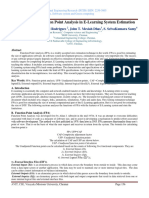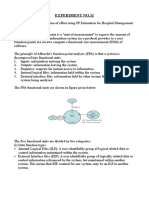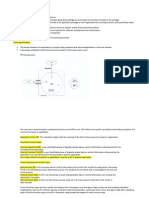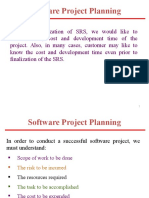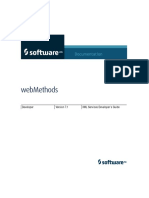0% found this document useful (0 votes)
92 views8 pagesUnadjusted Function Points (UFP) :: Key Components of Function Point Analysis
The document outlines the process of Function Point Analysis (FPA) for estimating software project size, effort, cost, and duration. It details the calculation of Unadjusted Function Points (UFP) and Value Adjustment Factor (VAF) based on various components and general system characteristics. Additionally, it provides examples and formulas for estimating project metrics such as effort, cost, duration, productivity, and quality metrics.
Uploaded by
Get InsightCopyright
© © All Rights Reserved
We take content rights seriously. If you suspect this is your content, claim it here.
Available Formats
Download as PDF, TXT or read online on Scribd
0% found this document useful (0 votes)
92 views8 pagesUnadjusted Function Points (UFP) :: Key Components of Function Point Analysis
The document outlines the process of Function Point Analysis (FPA) for estimating software project size, effort, cost, and duration. It details the calculation of Unadjusted Function Points (UFP) and Value Adjustment Factor (VAF) based on various components and general system characteristics. Additionally, it provides examples and formulas for estimating project metrics such as effort, cost, duration, productivity, and quality metrics.
Uploaded by
Get InsightCopyright
© © All Rights Reserved
We take content rights seriously. If you suspect this is your content, claim it here.
Available Formats
Download as PDF, TXT or read online on Scribd
/ 8





























